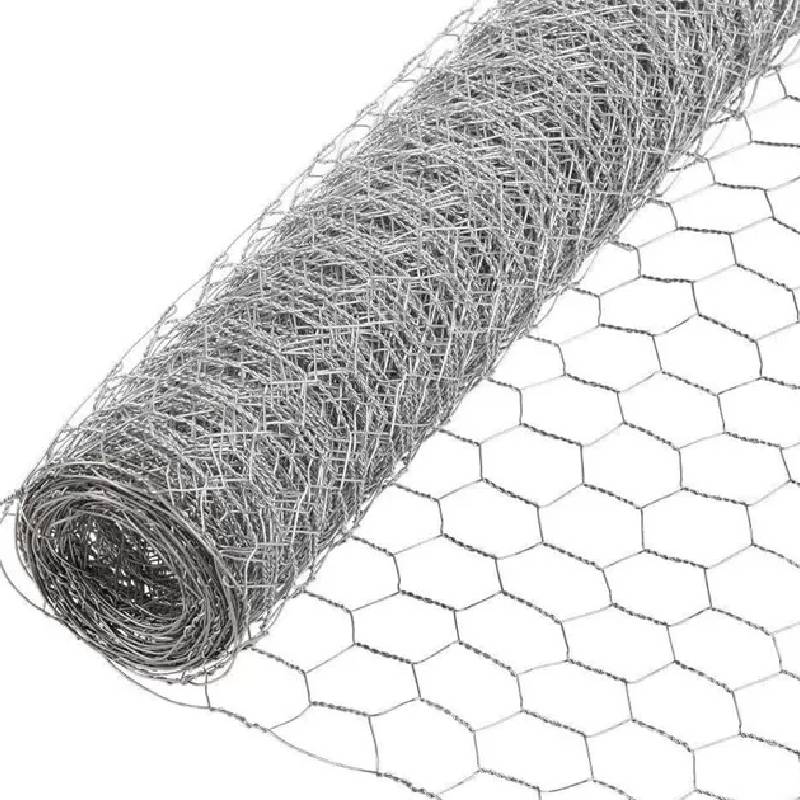
- Mobile Phone
- +8613931874955
- sales@cntcmetal.com
gridwall
The Versatility of Gridwall A Retail Revolution
In the fast-paced world of retail, where presentation and organization are key drivers of consumer behavior, gridwall has emerged as a revolutionary tool that provides both functionality and aesthetic appeal. This versatile display system has transformed the way products are showcased, making it an essential component for businesses ranging from small boutiques to large department stores.
Gridwall is a panel-based display system made from metal with an open grid pattern that allows for a variety of accessories to be attached. These panels can be mounted on walls or used as standalone structures, providing flexibility in any retail environment. One of the most appealing aspects of gridwall is its adaptability. Retailers can easily rearrange displays to suit seasonal promotions, new product launches, or even everyday merchandising changes without the need for extensive remodels.
One of the primary advantages of gridwall is its capacity to maximize space. In a world where square footage comes at a premium, especially in urban areas, utilizing vertical space is crucial. Gridwall panels can be configured to reach up towards the ceiling, effectively utilizing unproductive vertical space. This creates an uncluttered look, helping customers focus on products rather than being overwhelmed by a chaotic display.
Moreover, gridwall systems support a myriad of accessories, including hooks, shelves, baskets, and signage panels
. This versatility allows retailers to customize their displays based on the types of products they offer. For instance, clothing stores often use gridwall to hang garments, while other retailers might prefer shelving units for smaller items. The ease with which these accessories can be attached and removed means that displays can be quickly altered to reflect changing inventory or special promotions.gridwall

Another benefit of gridwall is its modern and industrial aesthetic. The minimalist design fits well within contemporary retail spaces, appealing to a broad range of customers. Additionally, gridwall is often available in various finishes, including chrome, black, and white, allowing retailers to choose a style that complements their brand identity. This design flexibility not only enhances the shopping experience but also reflects the retailer's brand ethos.
From a sustainability perspective, gridwall is an eco-friendly choice. Typically made from durable materials, it is built to last, reducing the need for frequent replacements and minimizing waste. Furthermore, its modular nature allows retailers to adapt and reuse existing panels and accessories for different merchandising strategies, effectively reducing the overall carbon footprint.
The implementation of gridwall is not limited to traditional retail settings. It has found applications in trade shows, exhibitions, and events where displaying products effectively is essential. The ability to create an eye-catching display that is both functional and portable gives businesses a competitive edge in various environments.
In conclusion, gridwall is more than just a display accessory; it represents a fundamental shift in how products are presented in retail environments. Its versatility, space-saving capabilities, modern design, and commitment to sustainability make it an invaluable asset for any business looking to enhance its merchandising strategy. As the retail landscape continues to evolve, gridwall stands out as a powerful solution that meets the needs of modern retailers and consumers alike. Whether you are a seasoned retailer or just starting, incorporating gridwall into your display strategy is a step towards a more organized and effective retail environment.
share:
-
Why Sacrificial Formwork Is Redefining Underground ConstructionNewsJun.06,2025
-
The Structural Dynamics of Modern Concrete: How Snake Spacers Revolutionize Flexible ReinforcementNewsJun.06,2025
-
Snake Spacers Smart-Lock Concrete Reinforcement with Surgical PrecisionNewsJun.06,2025
-
Snake Spacers: Reinforcement Precision for Modern Concrete ProjectsNewsJun.06,2025
-
Snake Spacers Powering Concrete's Structural DNANewsJun.06,2025
-
Slither into Success: Snake Spacers' Precision Bite for Unbreakable ReinforcementNewsJun.06,2025
-
Sacrificial Formwork: Building Stronger, Faster, and Safer StructuresNewsJun.06,2025



















